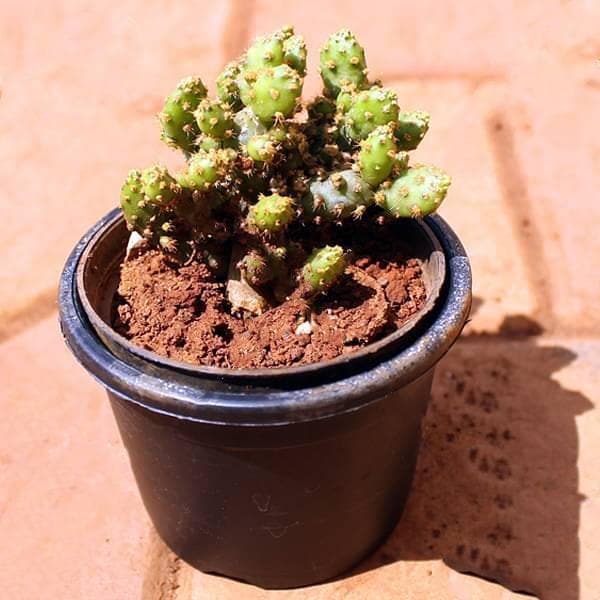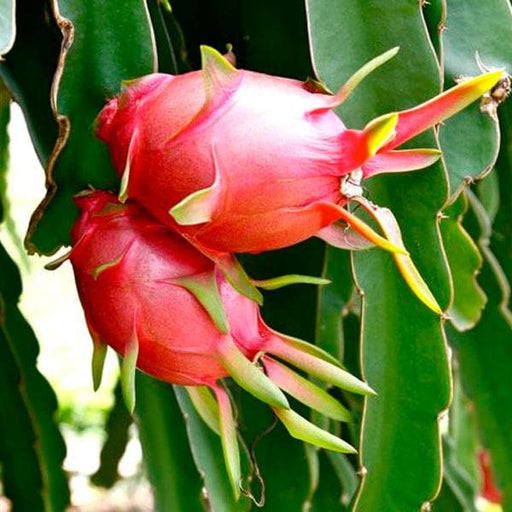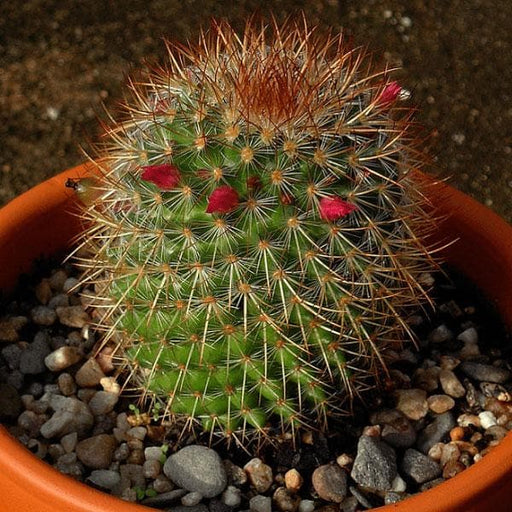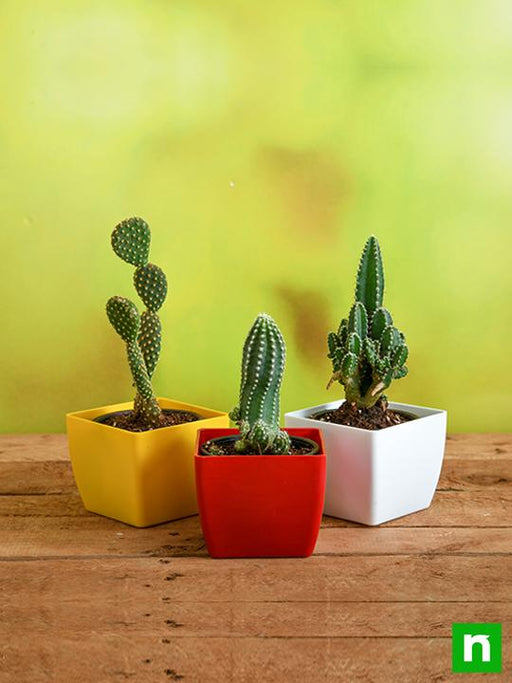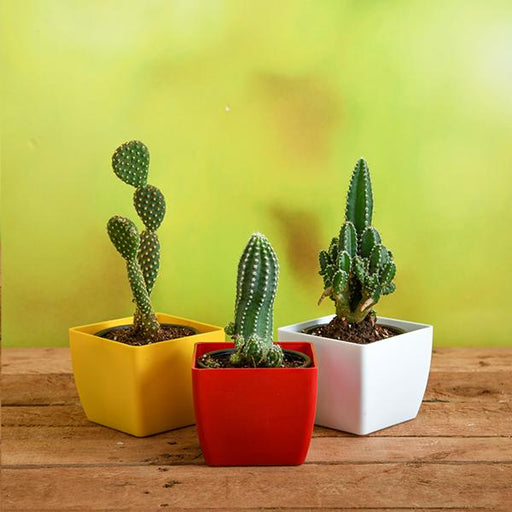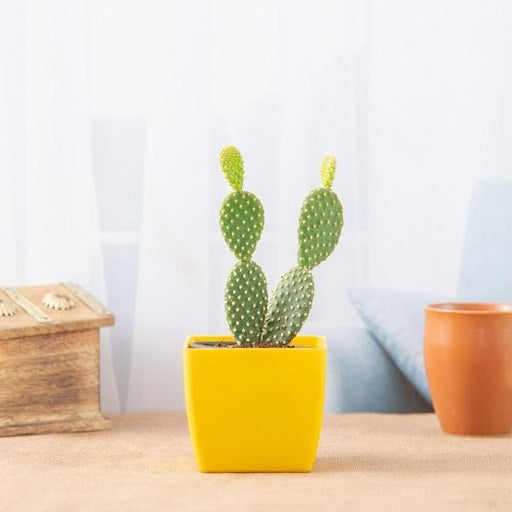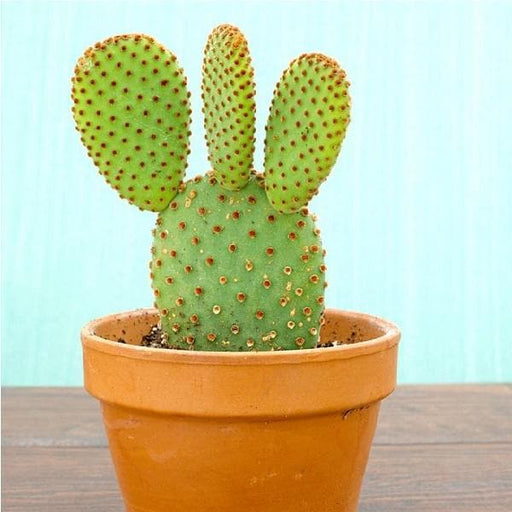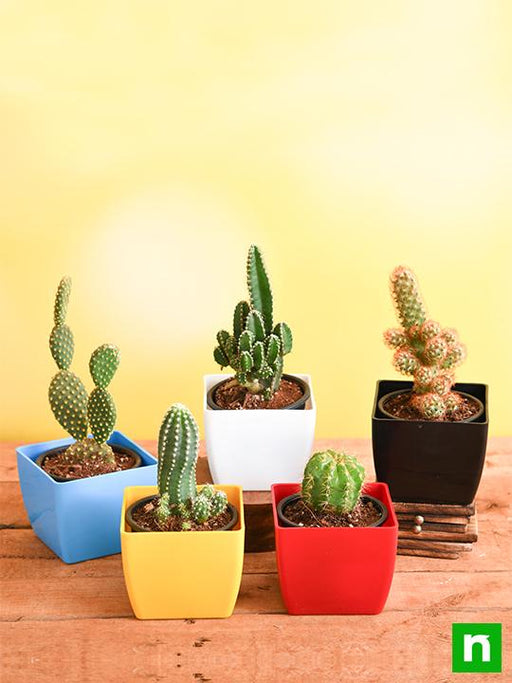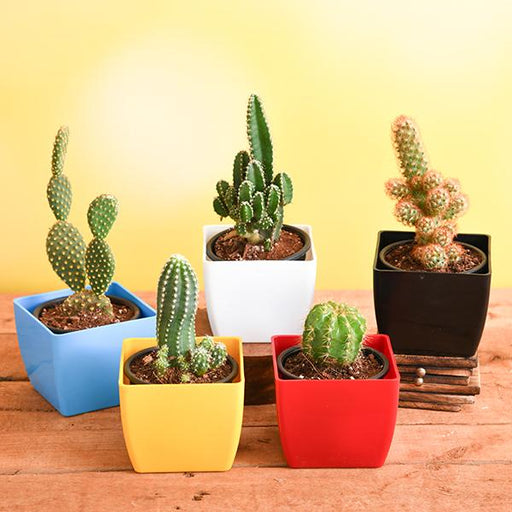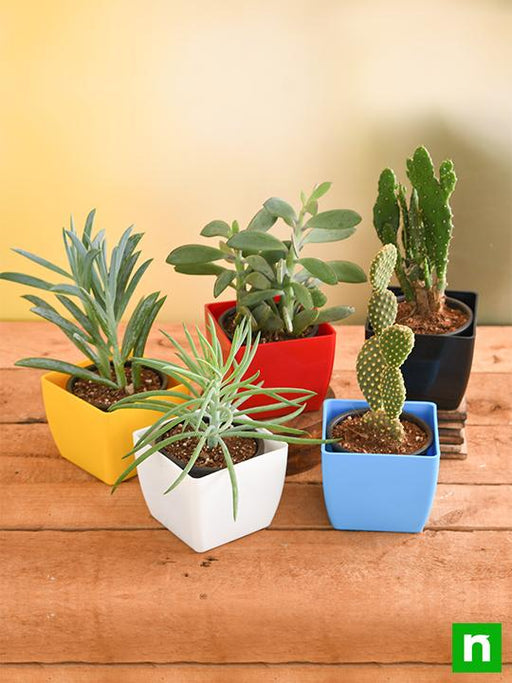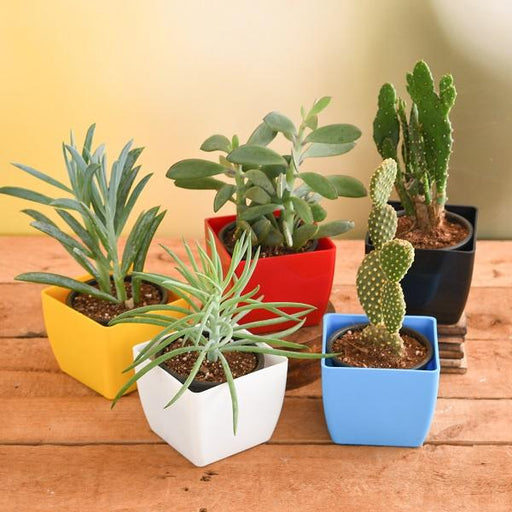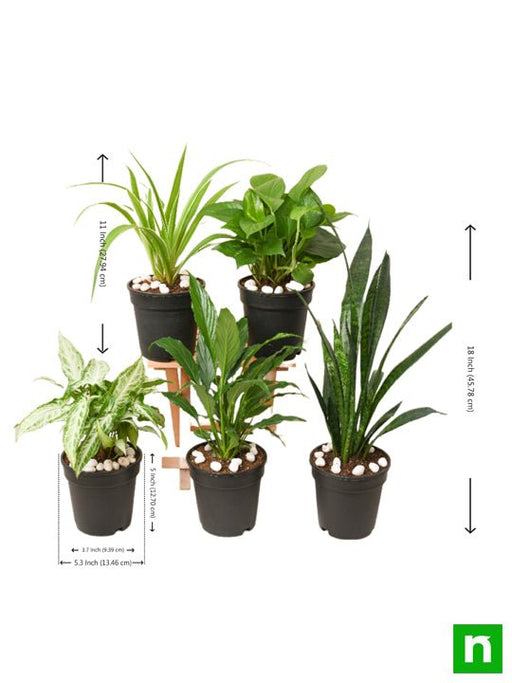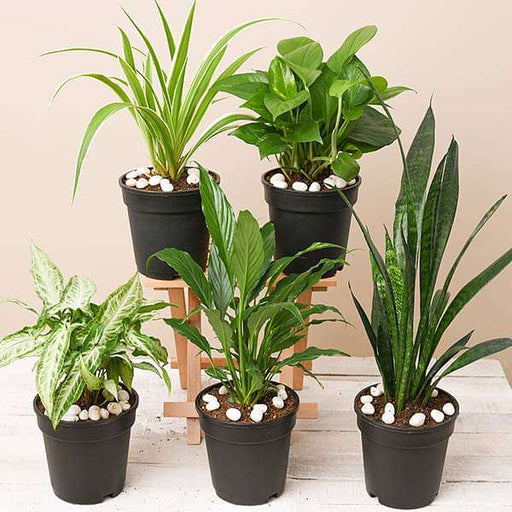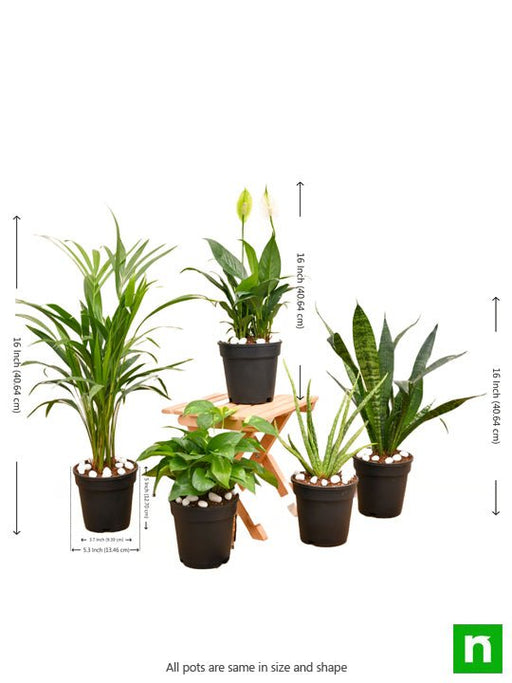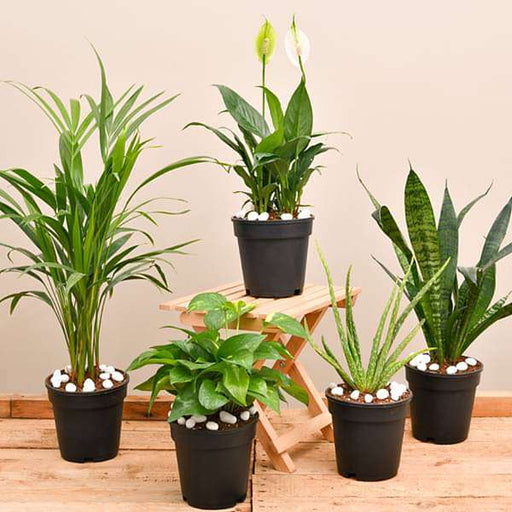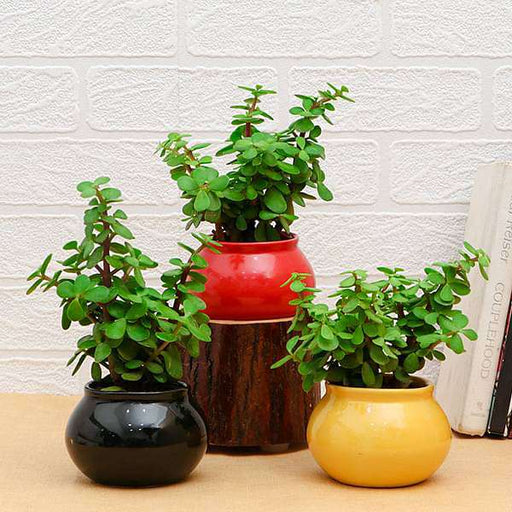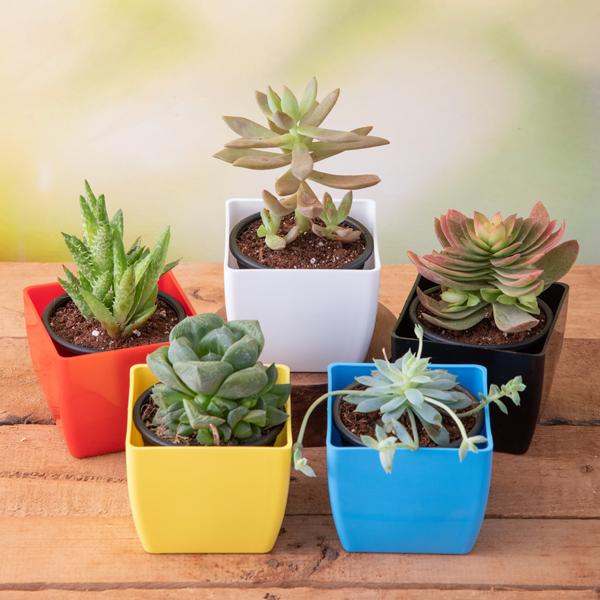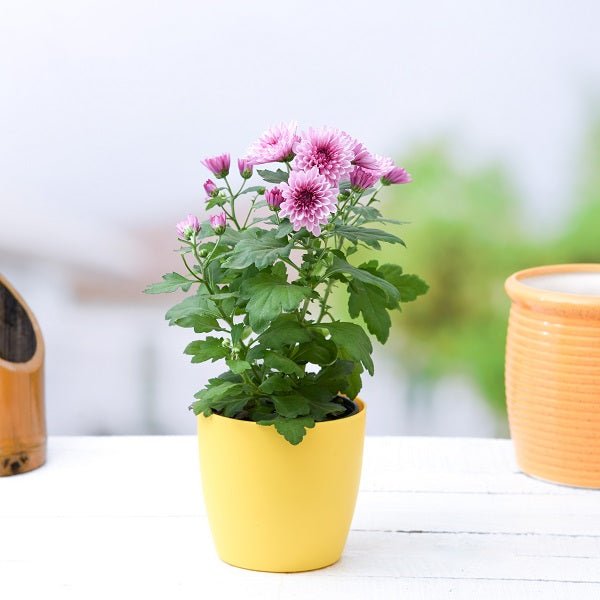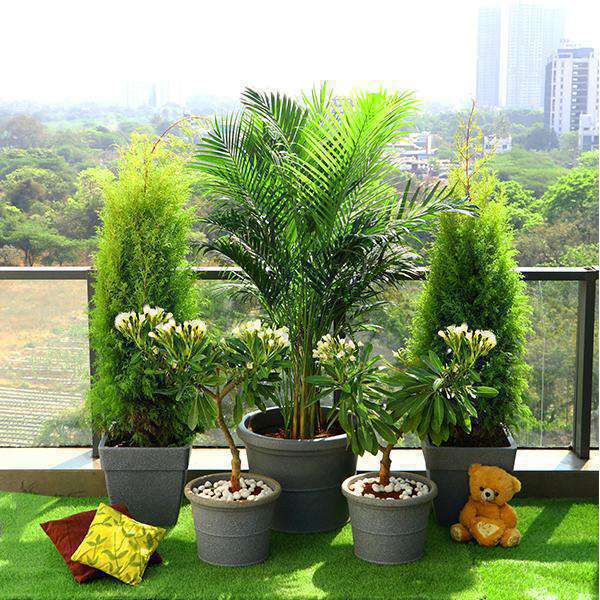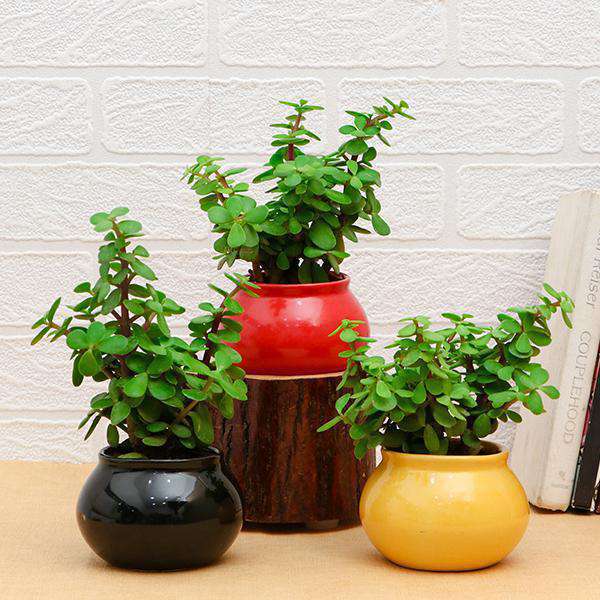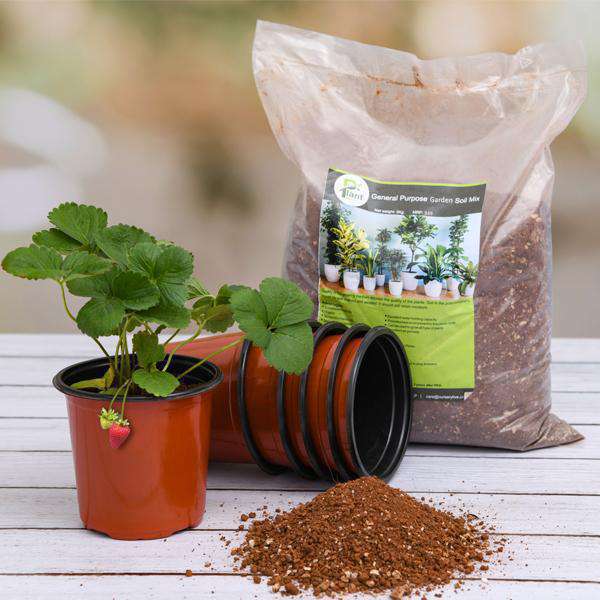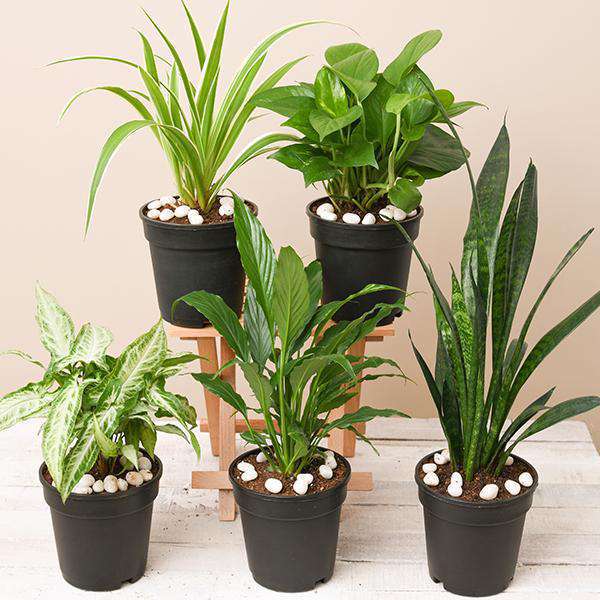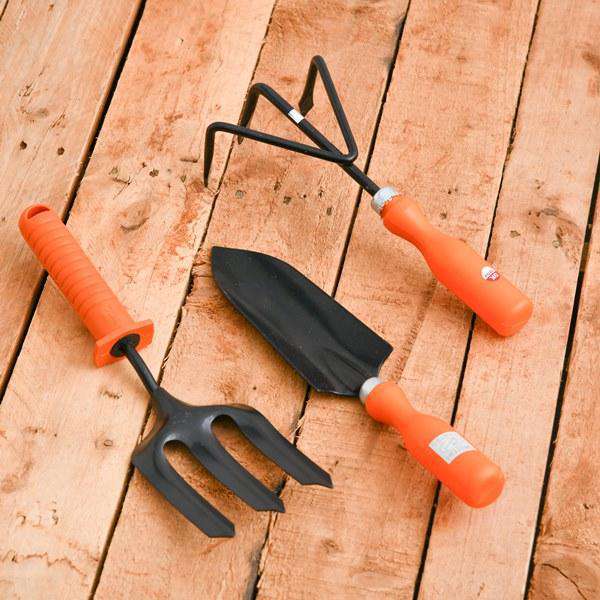Opuntia Varieties
When it comes to Opuntia species, variety is the spice of life! From the prickly pear to the paddle cactus, these succulent wonders come in all shapes and sizes. Each variety boasts its own unique charm, whether it’s the vibrant fruit or the stunning flowers that bloom like nature’s confetti. So, if you’re looking to spice up your garden, consider adding a few Opuntia varieties to your collection. Just remember, they might be prickly on the outside, but they’re sweet on the inside!
Cactus Care Tips
Caring for Opuntia species is like dating a cactus—keep it dry, give it some sun, and don’t smother it with affection! These hardy plants thrive in well-draining soil and love basking in bright light. Water them sparingly, and they’ll reward you with vibrant blooms and delicious fruit. Just don’t forget to wear gloves when handling them; those spines can be more than just a prickly personality!
Prickly Pear Benefits
The prickly pear, a superstar among Opuntia species, is not just a pretty face. This succulent fruit is packed with antioxidants, vitamins, and minerals that can boost your health. From aiding digestion to lowering cholesterol, the prickly pear is like nature’s little health guru. Plus, it’s delicious! Toss it in a salad or blend it into a smoothie, and you’ll be the envy of all your health-conscious friends.
Opuntia Fruit Recipes
If you think Opuntia species are just for decoration, think again! The fruit of the prickly pear is a culinary delight waiting to be explored. From jams to jellies, salads to salsas, the possibilities are endless. Just be sure to remove those pesky spines before diving in. With a little creativity, you can turn this vibrant fruit into a show-stopping dish that will have your guests asking for seconds.
Cactus Landscaping Ideas
Who said cacti can’t be the life of the party? Opuntia species can transform your garden into a desert oasis with their unique shapes and colors. Use them as focal points, create a rock garden, or even plant them in pots for a modern touch. With their low maintenance needs and drought tolerance, these cacti are the perfect choice for the busy gardener who still wants to impress.
Opuntia Propagation
Want to grow your own Opuntia species? Propagation is easier than you think! Simply take a pad, let it callous over, and plant it in well-draining soil. Before you know it, you’ll have a mini cactus army ready to take over your garden. Just remember, patience is key—these little guys take their time to grow, but the wait is worth it when you see them flourish.
Cactus Spines
Ah, the infamous cactus spines! They’re like the bouncers of the plant world, keeping unwanted guests at bay. But don’t let their prickly nature fool you; these spines serve a purpose. They help reduce water loss and protect the plant from herbivores. So, while you might want to avoid a close encounter, remember that those spines are just doing their job—keeping the Opuntia species safe and sound.
Opuntia Habitat
Opuntia species are the ultimate survivors, thriving in arid environments where most plants would throw in the towel. They’re like the desert’s version of a tough cookie, adapting to harsh conditions with ease. From rocky hillsides to sandy plains, these cacti have found their niche. So, if you’re looking for a plant that can handle a little heat, the Opuntia is your go-to choice.
Cactus Flowering
When it comes to flowering, Opuntia species know how to put on a show! Their blooms are like nature’s fireworks, bursting with color and attracting pollinators from miles away. These flowers can be as vibrant as a summer sunset, making them a stunning addition to any garden. Just be prepared for the compliments—you might need to start charging for garden tours!
Opuntia Edibility
Did you know that many Opuntia species are edible? That’s right! From the pads to the fruit, these cacti are a culinary treasure trove. The pads, or nopales, can be grilled, sautéed, or tossed in salads, while the fruit adds a sweet touch to desserts. So, if you’re feeling adventurous in the kitchen, don’t shy away from these prickly delights—they’re more than just a pretty plant!
Cactus Myths
There are plenty of myths surrounding Opuntia species, and it’s time to set the record straight! For instance, not all cacti are desert dwellers; some thrive in tropical climates. And while they may look tough, many Opuntia species are surprisingly delicate when it comes to temperature. So, the next time someone tells you a cactus can survive anything, just smile and nod—because you know the truth!
